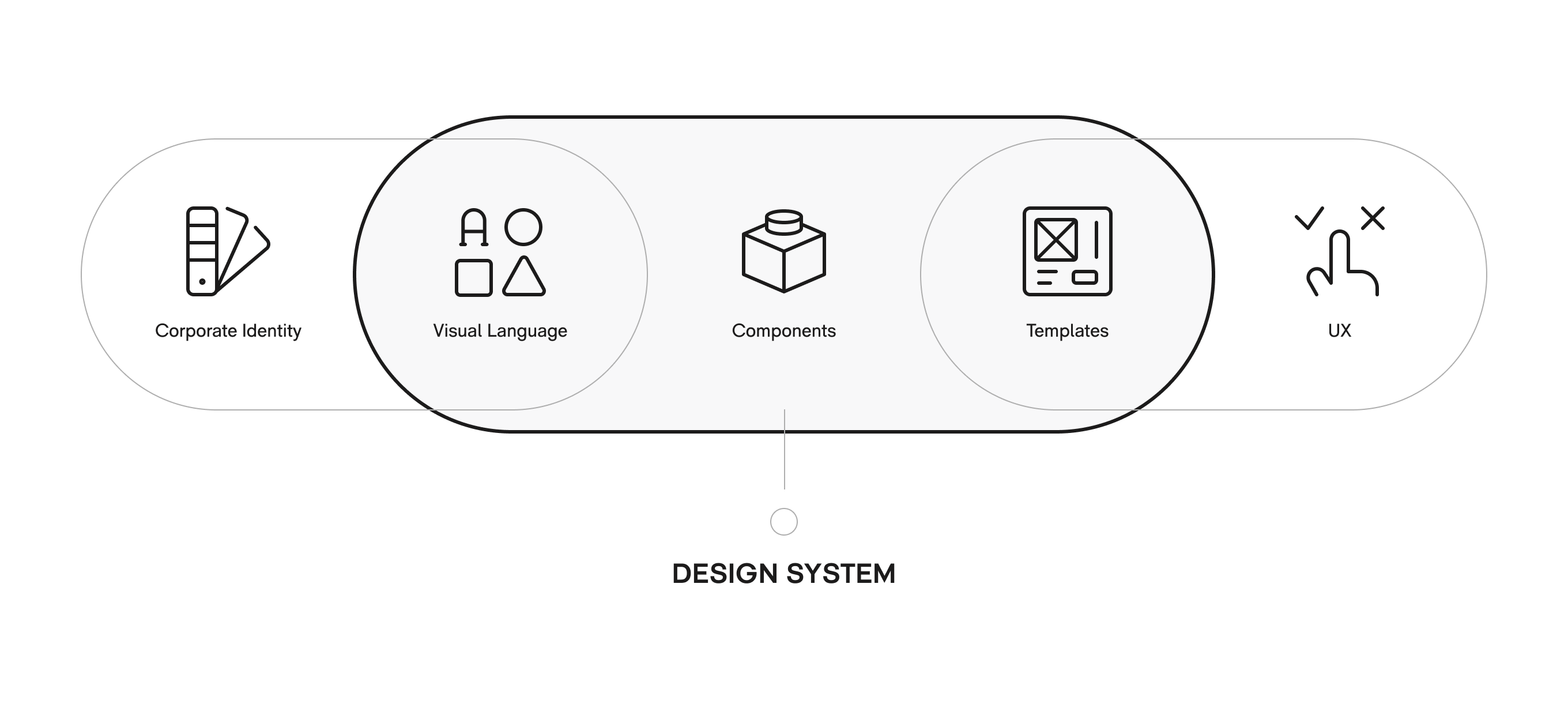


The importance of UX/UI design in digital product development is indisputable. However, to make the user interface consistent and true to the brand, you first need to have a design system in place. Here's why doing so is worth the effort and how to do it properly.

A design system is a collection of standardized guidelines and components
which helps teams to build products in line with the existing product or company branding.
It encompasses visual language, style guides, examples, template libraries and other
visual elements needed when designing a digital product or its new features.


Great digital products and services require
detailed research and development.
Let’s talk about your needs.